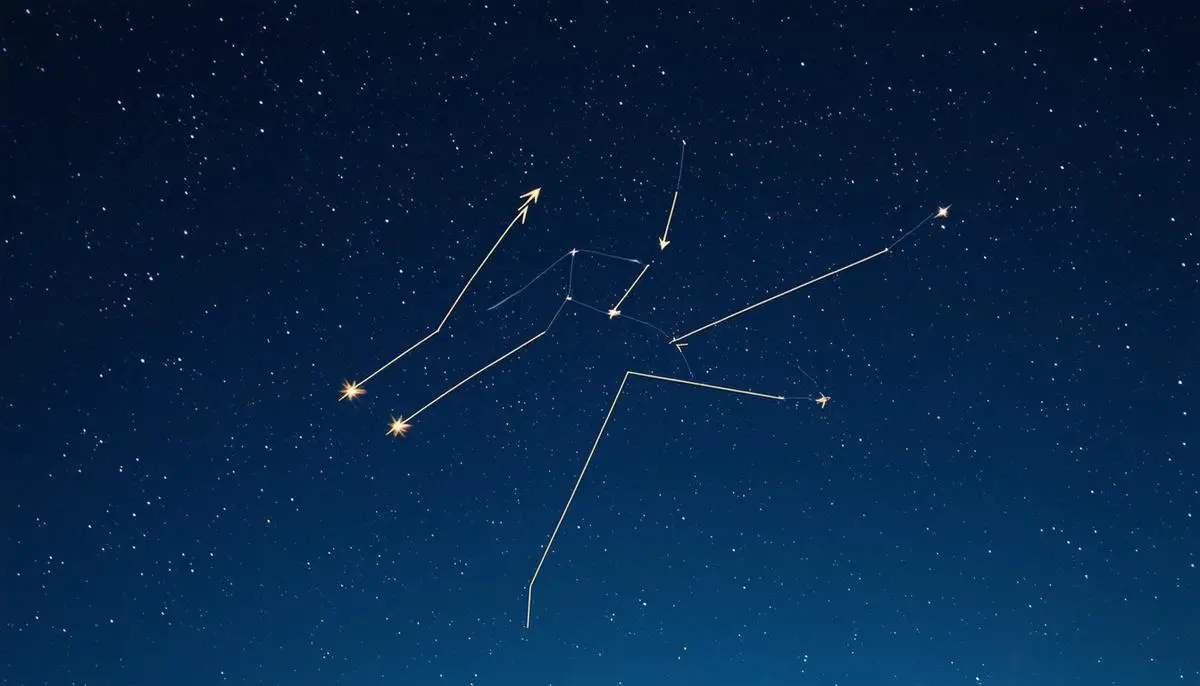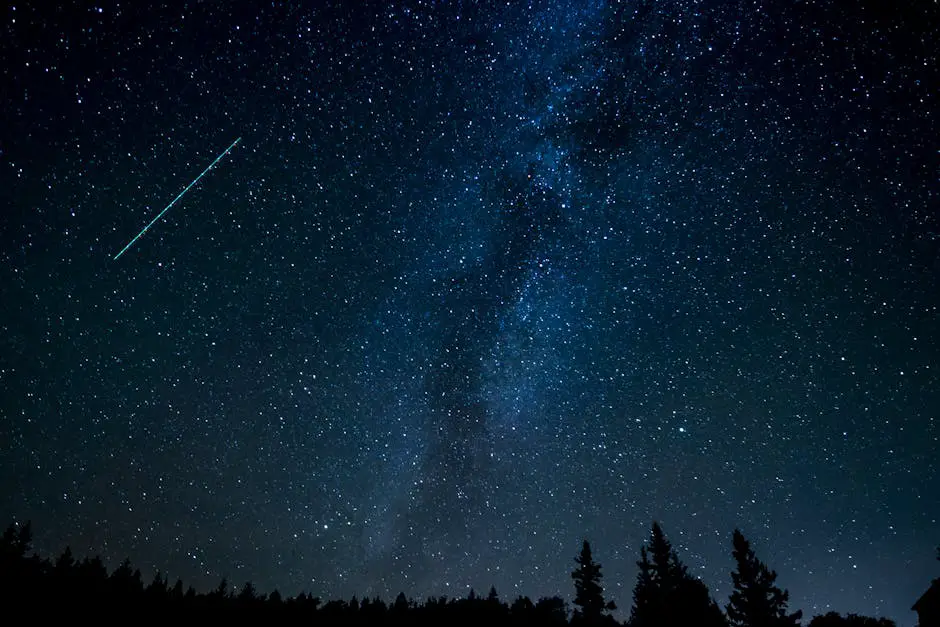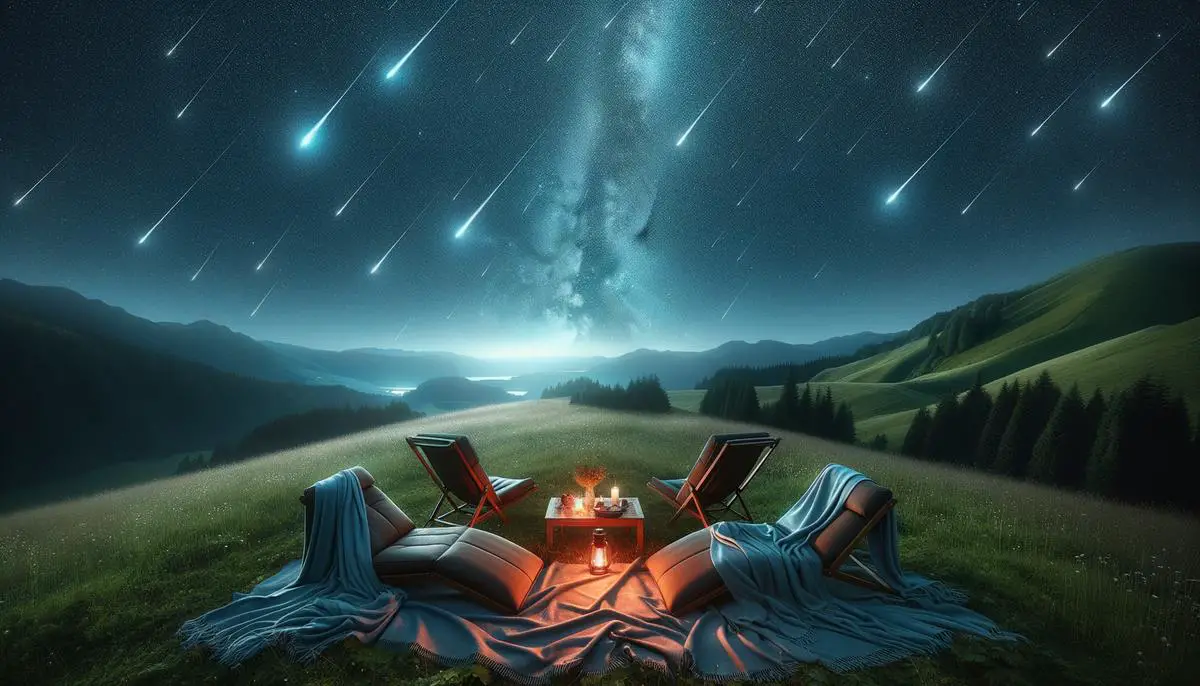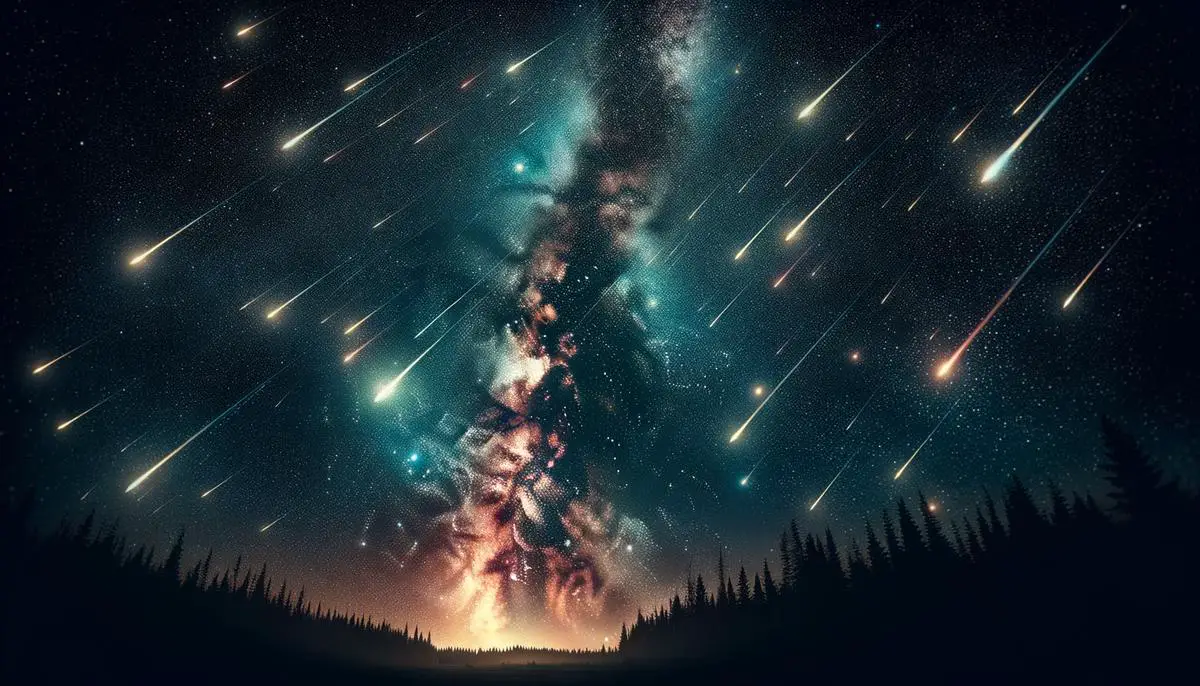Witnessing the Perseids meteor shower is a remarkable experience that brings the night sky to life with dazzling streaks of light. As we approach the peak viewing times in August 2024, it's essential to prepare for an optimal stargazing session. Whether you're a seasoned astronomer or simply enjoy marveling at celestial events, understanding when and where to look will enhance your experience.
Peak Viewing Times and Locations
The Perseids meteor shower in 2024 will peak on the nights of August 11 and 12. The first quarter moon will set just before midnight, creating ideal dark sky conditions for meteor viewing. Peak viewing times extend from about midnight until dawn.
Specific timings for different U.S. time zones:
- Eastern Daylight Time (EDT): Midnight on Monday, August 12
- Central Daylight Time (CDT): 11:00 p.m. on Sunday, August 11
- Mountain Daylight Time (MDT): 10:00 p.m. on Sunday, August 11
- Pacific Daylight Time (PDT): 9:00 p.m. on Sunday, August 11
For optimal viewing, locate an area with minimal light pollution, typically rural areas far from city lights. Higher elevations can also provide clearer views. The pre-dawn hours, between 1:00 a.m. and 4:00 a.m. local time, often offer the highest meteor activity as Earth rotates into the debris stream.
The constellation Perseus, from which the meteors appear to radiate, rises high in the northeast during peak hours. Looking northeast typically provides the most spectacular sights, but meteors can be seen across the entire sky.
If cloud cover interferes, the mornings of August 11 and 13 can still offer high meteor rates.
To maximize your experience:
- Set up in an open area with a wide view of the sky.
- Bring a reclining chair or blanket for comfort.
- Allow your eyes about 20 minutes to adjust to the darkness.
- Look up and to the northeast to start, but scan the entire sky.
NASA notes that viewing the Perseids doesn't require optical instruments; the key is maximizing your field of view with your own eyes.
During peak times, you might see a meteor every minute or two. These meteors result from Earth passing through debris left by comet Swift-Tuttle, creating streaks of light as tiny fragments burn up in our atmosphere.1

What to Expect During Peak
The Perseid meteor shower boasts a Zenithal Hourly Rate (ZHR) of approximately 100 meteors per hour under ideal conditions. This year's setup promises a display close to this ideal, with estimates suggesting you might witness up to 80 meteors per hour during peak times.
Meteor showers are naturally variable. You may observe periods of numerous meteors followed by short lulls. Some meteors reach notable brightness, with occasional fireballs that can persist longer than an average meteor streak, sometimes lingering for a few seconds after the initial flash.
"Comet Swift-Tuttle, the source of the Perseids, is the largest object known to repeatedly pass close to Earth. It last passed nearby in 1992 and won't return until 2125."
As Earth crosses the comet's trail, small particles enter our atmosphere at about 37 miles per second, creating the brilliant light show we observe.2
The Perseids are known for the length and brilliance of their meteor trails. These trails not only illuminate the night sky but often display enduring characteristics that captivate observers. Looking 40° to 60° away from the radiant point in Perseus often results in viewing the longest, most spectacular meteors as they streak across the sky.
This year's display stands out due to favorable viewing conditions. Whether your objective is scientific observation or enjoyment, the Perseids offer an annual event that is both visually stunning and intellectually engaging.

Tips for Optimal Viewing
To improve your Perseid meteor shower viewing experience:
- Find an optimal viewing spot away from city lights, such as a remote countryside location or national park.
- Bring a blanket or reclining lounge chair for comfort. Dress warmly, as temperatures can drop significantly at night.
- Apply insect repellent to prevent distractions from mosquitoes or other pests.
- Allow your eyes to adjust to the darkness for 20 to 30 minutes after arriving at your viewing location.
- Locate the constellation Perseus in the northeastern sky. It will be just below the 'W' or 'M' shaped constellation Cassiopeia.
- Let your gaze sweep across the sky rather than fixating on one spot. Focus roughly 40° to 60° away from Perseus for the best chance of seeing long meteor trails.
- The best viewing time is between midnight and dawn when Perseus is highest in the sky.
- Consider bringing a red flashlight to preserve night vision while navigating your surroundings.
- Manage your expectations and enjoy the experience. Meteor activity can be unpredictable, with bursts of activity and occasional lulls.
By following these tips and setting yourself up in a prime dark-sky location, you'll maximize your chances of witnessing this impressive celestial event.

The Perseid meteor shower offers an opportunity to connect with the cosmos and witness nature's display. By choosing the right time and place, you can fully appreciate this annual event. Mark your calendars for August 11-12, 2024, find a dark spot away from city lights, and prepare for a night under the stars.
- Cooke WJ, Moser DE. The Perseid meteoroid stream: characterization of observed and modeled fluxes. Planetary and Space Science. 2012;61(1):39-45.
- Brown P, Weryk RJ, Wong DK, Jones J. A meteoroid stream survey using the Canadian Meteor Orbit Radar: I. Methodology and radiant catalogue. Icarus. 2008;195(1):317-339.
![]()
